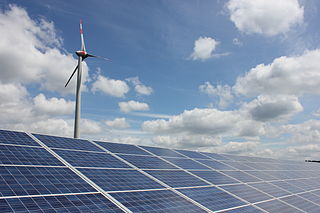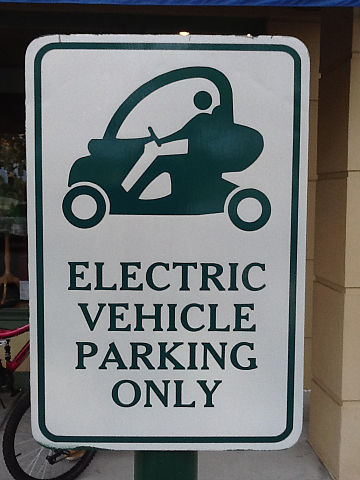Access to clean drinking water is something many take for granted. Crises like that of Flint, MI illuminate the fragility of our water infrastructure and how quickly access can be taken away. Even now, hundreds of millions of people around the world still lack access to adequate water.
Gaining access
But it’s not all negative. In the past 25 years, 2.6 billion people worldwide gained access to clean drinking water. This initiative stemmed from part of the Millennium Development Goals set by the United Nations in 1990, attempting to cut the number of global citizens without access to clean drinking water in half. While this goal was achieved in 2010, there are still about 663 million without proper water and sanitation.
(MORE: Check out powerful images from the Water Front project.)
The divide
So who doesn’t have clean drinking water? Overall, urban areas tend to have greater access due to improved water infrastructure systems set in place. Access in rural areas has improved over the years, but people in these areas are still hit the hardest.
The major divide is most visible when analyzing the numbers by regions. Africa, China, and India are among the hardest hit, making up the majority of the 663 million citizens without access to water.





